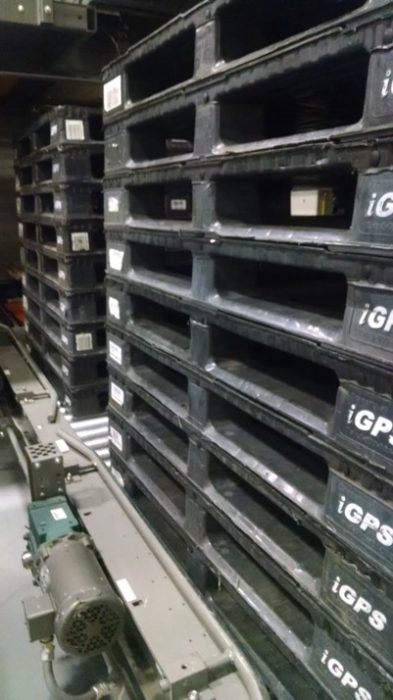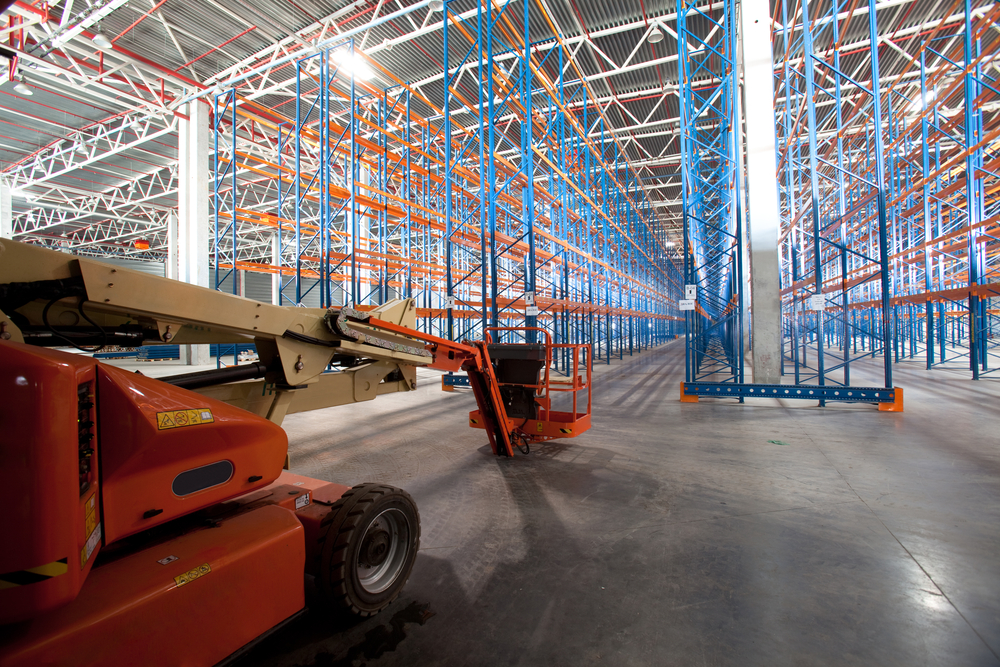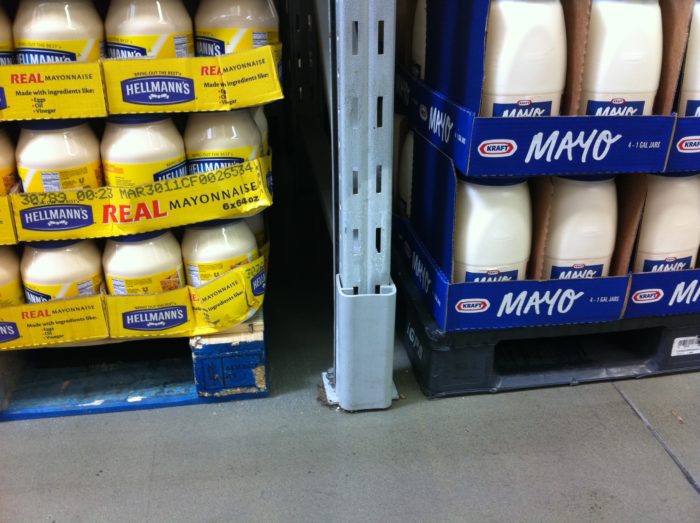You’ve probably noticed that supply chains everywhere are undergoing significant changes. Technology is widely available that allows us to automate tasks, coordinate shipments, and reduce labor costs, and many warehouse managers have chosen to implement these technologies in order to streamline their processes. But automation isn’t the only option for reducing costs in the warehouse. Fundamental changes in the pallets that your supply chain uses can make a big difference in the overall efficiency of your warehouse in general and of your automated systems in particular. The following warehouse cost reduction ideas can help you cut labor expenses with automation, increase available warehouse space with pallet pooling, and reduce machine damage by using plastic platforms.
3 Warehouse Cost Reduction Ideas
- Reduce Labor Costs with Warehouse Automation
- Limit Product Damage by Switching to Plastic Pallets
- Utilize Warehouse Space More Efficiently Through Pallet Pooling
1. Reduce Labor Costs with Warehouse Automation

Automation saves you money on labor costs because it replaces employee tasks with machine-driven ones. Moreover, labor costs don’t just stem from employee hours in the warehouse; they also result from workplace injuries, which may lead to lawsuits, employee sick days, and lower morale, all of which have a direct impact on overall production. An Automated Storage and Retrieval System (ASRS) helps reduce these risks by making machines responsible for lifting and moving loads, eliminating the hazard these activities pose for employees. Automated systems typically work best for warehouses with:
- Minimal processing: Goods which require minimal handling are best for automated procedures. Distribution centers, wholesalers, retail and other industries where the brunt of warehouse operations centers on storing and transporting items are ideal.
- High density: Depending on the level of automation implemented, an automated warehouse system may depend on conveyors, AGVs, and cranes to move product, and the routes these machines take must be efficient. This makes a dense storage and processing set-up crucial.
- High volume: Typically, automated processes are only cost-effective in a high volume setting. Smaller operations may find automation cost-prohibitive for their needs as the installation and maintenance of ASRS systems can be expensive.
In the right setting, industrial supply chain automation also reduces warehouse waste from an administrative point of view. As processes are computer controlled, loads are easier to track and supply is simpler to scale. This helps managers to quickly review logistics and routes to determine the most cost-effective options.
2. Limit Product Damage by Switching to Plastic Pallets
Product damage in the warehouse is a common cause of inventory loss and the culprit is often warehouse equipment, particularly wood pallets. Since wood tends to absorb moisture and degrade over time, a wood pallet will eventually begin causing problems in the warehouse as it starts to splinter and shed debris, including nails and other fasteners. Splinters and nails can tear and damage products and packaging and can also cause damage more indirectly by jamming machinery.
High-quality plastic platforms are up to 30 percent lighter than wood pallets.
Plastic pallets are an excellent alternative to traditional wood pallets. The unified construction of plastic pallets takes nails and other small fasteners out of the equation entirely. Plastic is also non-porous and resists damage and breakage far better than wood. High-quality plastic platforms are up to 30 percent lighter than wood pallets, which reduces wear and tear on machines. Overall, plastic is far gentler than wood on both products and equipment, which keeps product damage low and productivity high.
3. Utilize Warehouse Space More Efficiently Through Pallet Pooling

In warehouse management, every square foot of the warehouse floor is a valuable commodity. Warehouse space is in such demand that many technological innovations for storage facilities have the same goal: to maximize warehouse space. Racking and forklifts are used to improve vertical space utilization in the warehouse, which wasn’t well taken advantage of prior to their creation. Meanwhile, high-density deep lane storage systems were also developed in part for their use in conserving space. It seems every major warehouse innovation comes back to storing more with less.
Despite all those developments, much floor space is often wasted on something low tech: empty pallets. When a warehouse maintains its own pallet fleet, it must store enough pallets for a boom in demand–generally far more than it needs at most times of the year. Warehouse staff must move these pallets around to accommodate inventory, which wastes time and increases the risk of employee injury.
The right pallets offer direct cost savings to warehouses by reducing product and equipment damage.
Pallet pooling is a way to reclaim some of that warehouse space. A pallet pooling company ensures that the warehouse is supplied with only the number of pallets needed at a given time so that areas used to store idle pallets can be reclaimed for storing products and equipment. Using a pallet pooling provider also eliminates the expense of maintaining a fleet of pallets by making pallet purchase, maintenance, reuse, and return the responsibility of the pallet pooling service.
In each of these warehouse cost reduction ideas, pallets play a critical role. Since they’re durable, lightweight, and consistent in dimensions, plastic pallets help support automated systems, which cuts labor costs and improves productivity. The right pallets also offer direct cost savings to warehouses by reducing product and equipment damage. Pallet pooling creates indirect savings as well, by allowing warehouses to make better use of their space and by reducing the time spent reclaiming used pallets or finding a reliable supply of new platforms. Any warehouse seeking an easy way to improve warehouse efficiency and reduce Total Cost of Business (TCOB) should consider taking advantage of the benefits of both plastic pallets and pallet pooling.
iGPS pooled plastic pallets can help your warehouse trim costs in multiple areas at the same time. By renting pallets instead of buying them, warehouse managers can dedicate more time to improving production and less to the logistics of pallet fleet management. To learn more about our pallet pooling options, contact us at 1-800-884-0225, email a specialist at switch@igps.net, or visit our contact page.




